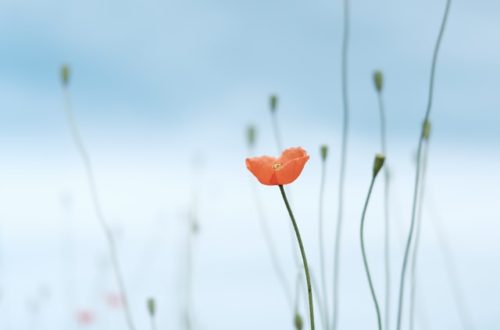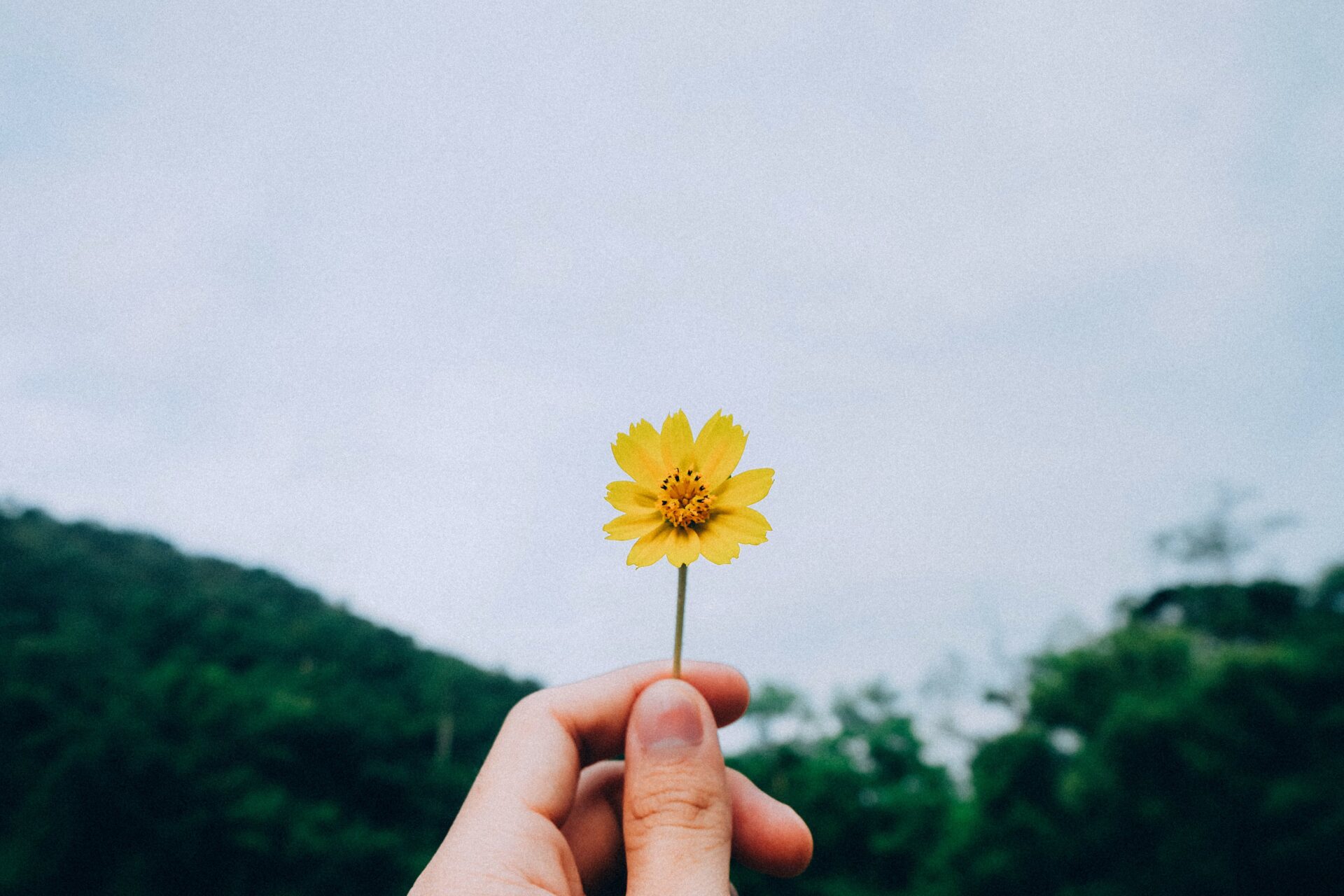
5 Stages of Resilience with COVID-19
Exploring the stages of Resilience in light of COVID 19
Life is full of surprising twists and turns. COVID-19 is certainly one of them. Fortunately, in response to life’s wild surprises, there is something called resilience. The stages of resilience indicate that this process is indeed a journey, and one that does not happen overnight.
Resilience is that remarkable process which unfolds in response to a challenge or adversity. It involves one’s ability to “spring back” or adapt well in response to a significant trauma or hardship. Often times, we end up coming out stronger, braver, or wiser than before. For strategies on how to build resilience during these crazy times, read my other post, Stressed with this Pandemic, Here are 5 ways to build resilience during COVID 19.
Here are some 5 stages of resilience that may play out in response to significant forms of trauma, hardships, or worldwide pandemics:
1. Compartmentalization
Initially, after a trauma or hardship unfolds (such as the onset of COVID-19), we tend to first experience something called a “compartmentalization” phase. Within this stage, we split off from the trauma or stressor itself. We set aside our emotions and focus on doing emergency work to ensure the safety of ourselves and our families. During this stage, our fight or flight mode kicks in, and emotions and unprocessed information get stored away for a later date.
And this can be a good thing; for in the right context, we need to compartmentalize our thoughts and feelings and metaphorically toss them in a closet. This instinctual reaction serves a purpose as it helps to enhance our safety.
When COVID-19 hit, what was your immediate reaction? How did you respond? Many of us rushed to the grocery stores and stocked up on needed supplies. Others of us became more intentional about cleaning our homes and work spaces, and focused heavily on planning and preparation. This is normal, and it plays an important part in the overall process of resilience.
Within this stage especially, however, it is important to be mindful of any episodes of “retraumatization” that might occur for people who have a history of trauma.
2. Navigating Phases of Retraumatization
Retraumatization can be understood as a conscious or unconscious reminder of a past trauma. This can lead to a “re-experiencing” of feelings, thoughts, and sensations associated with the initial trauma itself. When retraumatization occurs, people can experience flashbacks, hypervigilance, restlessness, or nightmares tied to any trauma history.
The initial atmosphere of COVID-19 was filled with anxiety, fear, panic, and uncertainty. Many of us could walk into a grocery store and cut the tension with a knife. These experiences certainly have the capacity to trigger uncomfortable emotions or traumatic experiences from one’s past. And, people who have a history of unprocessed trauma may already have lots of “stuff” stored away in their “closets.” When they try to put more stuff in, things tend to get messy. After all, we can only shove a certain amount of stuff into an already full closet!
3. Acknowledge and Reflect
After the initial distractions of the trauma or stressor decrease, we may experience a need to stop, pause, and reflect. Here, our fight or flight mode settles down for a bit, and we start to think more deeply about the changes happening around us. We come face to face with the stuff we’ve just thrown in our closets, and recognize the need to start working through the mess.
An important process within this stage is learning how to process our emotions — particularly those feelings that are hidden or stuffed away. In response to COVID-19, it’s OK to feel shocked, confused, or overwhelmed. Give yourself space to feel these feelings. Acknowledge these emotions and process them when the time is right.
Some people don’t quite allow for this stage of deeper reflection and observation. They may stay in the “compartmentalization” phase for awhile, perhaps even indefinitely. Often times, it’s easier to walk away from a cluttery closet, pretending it’s not there. But as with all unprocessed emotions and experiences, denying their existence won’t change them. On the contrary, the emotions that we deny are the ones that ultimately control us in the end.
4. Moving towards Acceptance
After acknowledging and reflecting, many of us face the task of acceptance. In the context of COVID-19, we will likely see significant changes in the way we live and work in the months and years to come. In order to adapt well and build upon on our capacity for resilience, it is important to be open to these changes. We participate in this process of acceptance when we stop fighting the changes unfolding around us, and start accepting this new normal playing itself out.
During this stage, it is also important to be accepting of any feelings or reactions within ourselves in response to this pandemic, rather than beating ourselves up for having them. It’s alright to feel angry, frustrated, mad, or scared. This is normal, and understandable. Rather than trying to fight these reactions, accept them as they are, and commit to changing your responses to them. We can’t always control our feelings, but we can control what we do with them. Acceptance and commitment therapy, or ACT, is a great approach for this type of work.
Now, in reflecting on our “closets,” what does this look like? Here, perhaps we learn to make the most out of our new accessories, shoes and mismatched clothes we’ve found while sorting through our messy closets. We bring back the hoop earrings, combat boots, neon leggings, and stone-washed jeans, and learn to accept this new “style” starting to unfold.
5. Seeking Opportunities
And from here, we move into something like an “opportunity” phase. Here, we start to re-examine our world view and the way we live in response to the trauma or hardship we faced.
In response to COVID19, we are in the midst of working through big changes. Rather than seeing these changes as a threat, how can we view them as an opportunity for change and personal growth? How can we better ourselves and our communities in response?
When we begin asking these questions, we start seeing markers and indications of resiliency play out in our own lives. Here, resilience is further developed and refined. We rewrite our stories and use them as a catalyst for change within ourselves, our families, and our communities.
Perhaps, in reflecting back on our closets, this is where we redefine our new look, and perhaps even form a new dress code altogether with this new style we’ve come to embrace.
The Journey of Resilience
In reflecting on these stages, keep in mind that they do not necessarily unfold in a clear, linear direction. There are also many other factors which contribute to resilience, many of which were not directly discussed here.
As we all strive to become more resilient in response to COVID-19, may we embrace a posture of grace, compassion, and patience, both for others and for ourselves. These stages of resilience reinforce the fact that this process is a journey, one in which we’ll continue to navigate as we collectively move into a post-pandemic culture.
Best of all, the most beautiful part of resilience is not necessarily the final product itself, but the story and persistence behind it.





